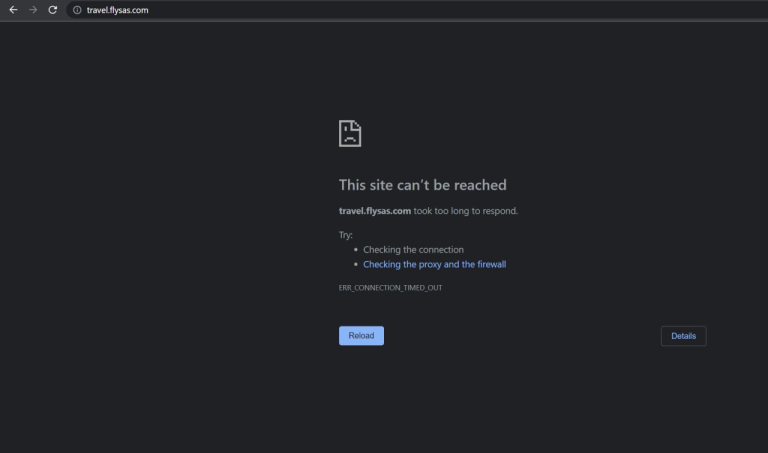Attack description : The Colonial Pipeline ransomware attack, which occurred in 2021, sent shockwaves through the cybersecurity community and raised concerns about the vulnerabilities of critical infrastructure. This article delves into the technical details of the attack, exploring the ransomware involved, the attack vectors, and the significant consequences it had on fuel supply chains and cybersecurity practices.
The Colonial Pipeline ransomware attack involved the deployment of a ransomware variant known as DarkSide. This sophisticated ransomware was designed to encrypt the company’s critical systems and demand a ransom in exchange for decryption keys. The attackers gained unauthorized access to the pipeline’s network and swiftly encrypted a significant portion of its IT infrastructure, including servers, endpoints, and operational technology (OT) systems.
Attack Vector and Initial Compromise: The initial compromise of Colonial Pipeline’s network was achieved through a combination of tactics, including:
- Phishing: The attackers likely employed spear-phishing techniques to target employees with malicious emails containing infected attachments or links. Once an unsuspecting employee interacted with the malicious content, the attackers gained a foothold within the network.
- Exploitation of VPN Vulnerability: It is speculated that the attackers also exploited a known vulnerability in the company’s virtual private network (VPN) software. This allowed them to bypass network security measures and gain unauthorized access to critical systems.
Impact: Once inside the network, the attackers swiftly deployed the DarkSide ransomware, which encrypted files and demanded a significant ransom payment in exchange for the decryption keys. The attack had severe consequences:
- Operational Disruption: The ransomware attack forced Colonial Pipeline to shut down its operations, causing significant disruptions in the fuel supply chain. Fuel shortages and price spikes were experienced across several states, impacting critical sectors such as transportation and energy.
- OT System Compromise: The attack targeted not only the pipeline’s IT infrastructure but also its operational technology (OT) systems. This raised concerns about the potential for physical damage and safety risks, as OT systems control and monitor the pipeline’s operations.
Mitigation: In response to the Colonial Pipeline ransomware attack, several key actions were taken:
- Incident Response and Recovery: Colonial Pipeline engaged cybersecurity experts to investigate the incident, contain the attack, and restore systems and data from offline backups. This involved a meticulous process of ensuring the removal of malware and verifying system integrity before resuming operations.
- Ransom Payment Considerations: While not officially confirmed, it is believed that Colonial Pipeline made a ransom payment to obtain the decryption keys. However, this decision raised ethical and legal concerns surrounding ransom payments and their potential implications.
- Enhanced Cybersecurity Measures: The attack highlighted the urgent need for robust cybersecurity practices in critical infrastructure sectors. Companies like Colonial Pipeline have since bolstered their security posture by implementing multifactor authentication, network segmentation, and regular vulnerability assessments to prevent similar incidents in the future.
- Government Response and Regulation: The Colonial Pipeline attack prompted increased focus on cybersecurity regulation and collaboration between private sector entities and government agencies. Efforts have been made to improve information sharing, establish cybersecurity standards, and enhance resilience against cyber threats in critical infrastructure sectors.
Take away: The Colonial Pipeline ransomware attack served as a wake-up call, highlighting the vulnerabilities of critical infrastructure to cyber threats. By understanding the attack vectors, impact, and response measures, organizations can learn valuable lessons about the importance of proactive cybersecurity measures, incident response readiness, and collaboration between industry and government entities to safeguard critical infrastructure from future attacks.
Disclaimer : The information provided herein is on “as is” basis, without warranty of any kind.





